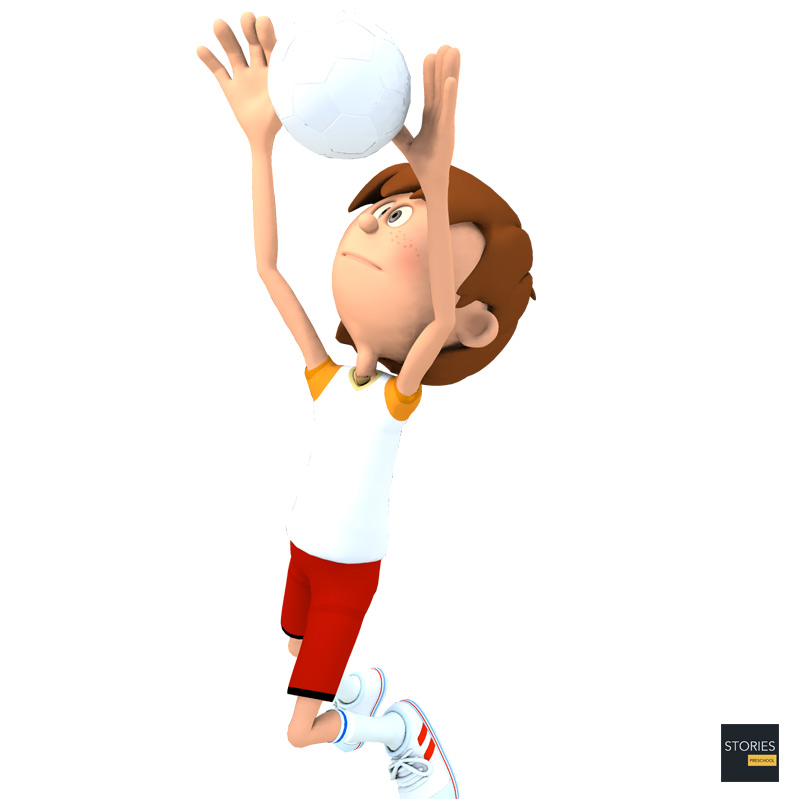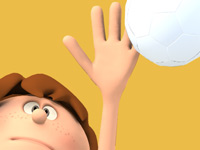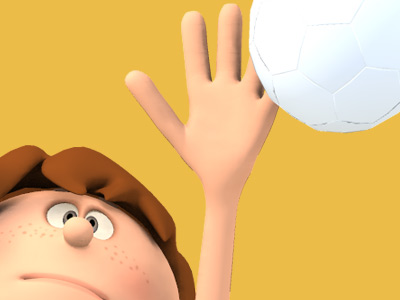Volleyball Set
The set is usually the second contact that a team makes with the ball. The main goal of setting is to put the ball in the air in such a way that it can be driven by an attack into the opponent's court. The setter coordinates the offensive movements of a team, and is the player who ultimately decides which player will actually attack the ball.
As with passing, one may distinguish between an overhand and a bump set. Since the former allows for more control over the speed and direction of the ball, the bump is used only when the ball is so low it cannot be properly handled with fingertips, or in beach volleyball where rules regulating overhand setting are more stringent. In the case of a set, one also speaks of a front or back set, meaning whether the ball is passed in the direction the setter is facing or behind the setter. There is also a jump set that is used when the ball is too close to the net. In this case the setter usually jumps off his or her right foot straight up to avoid going into the net. The setter usually stands about ⅔ of the way from the left to the right of the net and faces the left (the larger portion of net that he or she can see).

Sometimes a setter refrains from raising the ball for a teammate to perform an attack and tries to play it directly onto the opponent's court. This movement is called a "dump". This can only be performed when the setter is in the front row, otherwise it constitutes an illegal back court attack. The most common dumps are to 'throw' the ball behind the setter or in front of the setter to zones 2 and 4. More experienced setters toss the ball into the deep corners or spike the ball on the second hit.
As with a set or an overhand pass, the setter/passer must be careful to touch the ball with both hands at the same time. If one hand is noticeably late to touch the ball this could result in a less effective set, as well as the referee calling a 'double hit' and giving the point to the opposing team.
SPORTS

RESOURCES
This article uses material from the Wikipedia article "Volleyball", which is released under the Creative Commons Attribution-Share-Alike License 3.0.
© Stories Preschool. All Rights Reserved.









